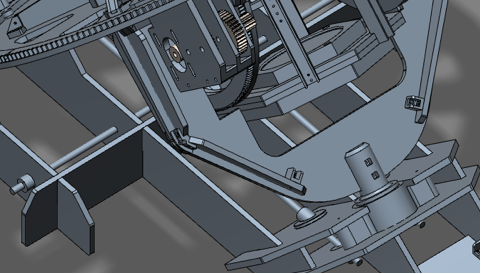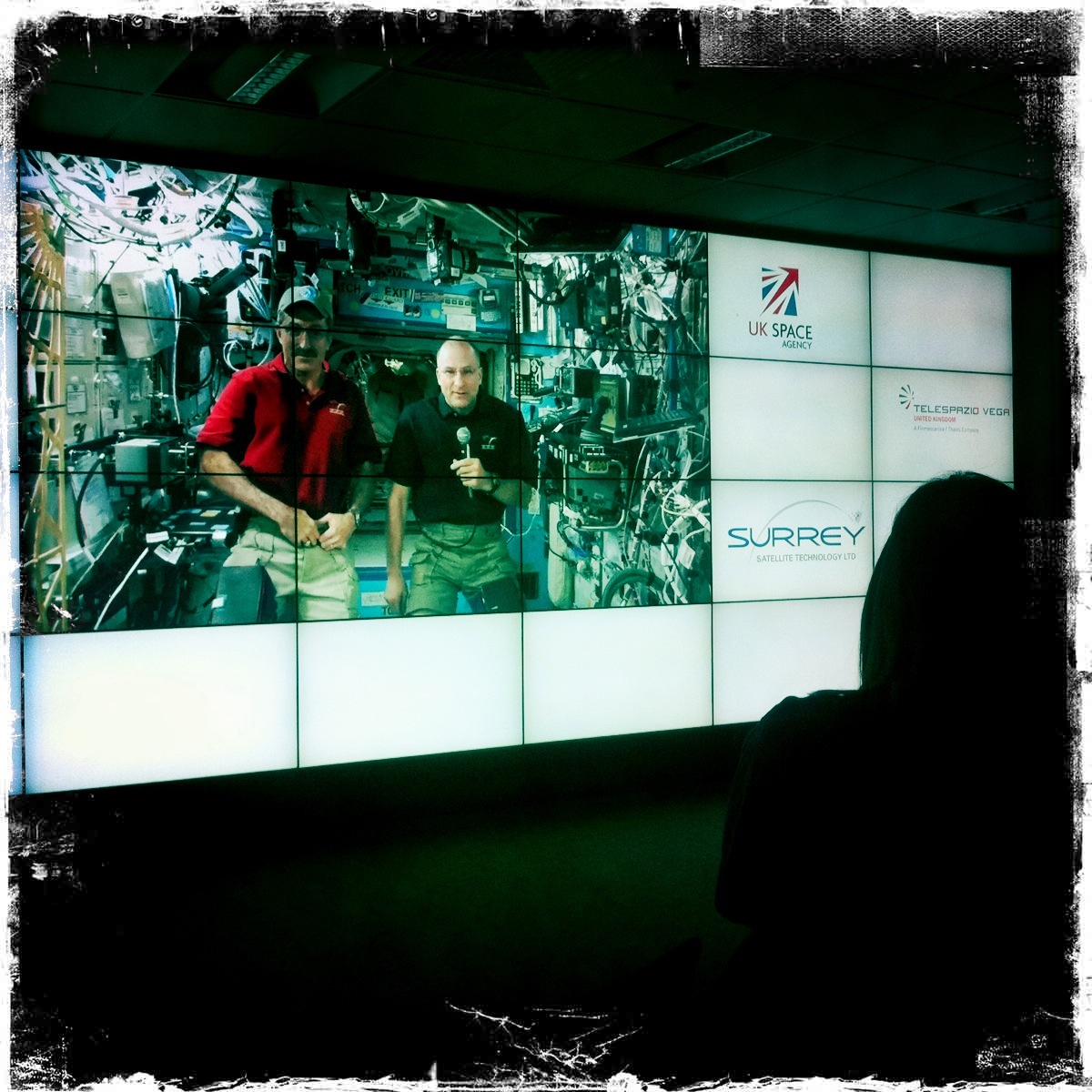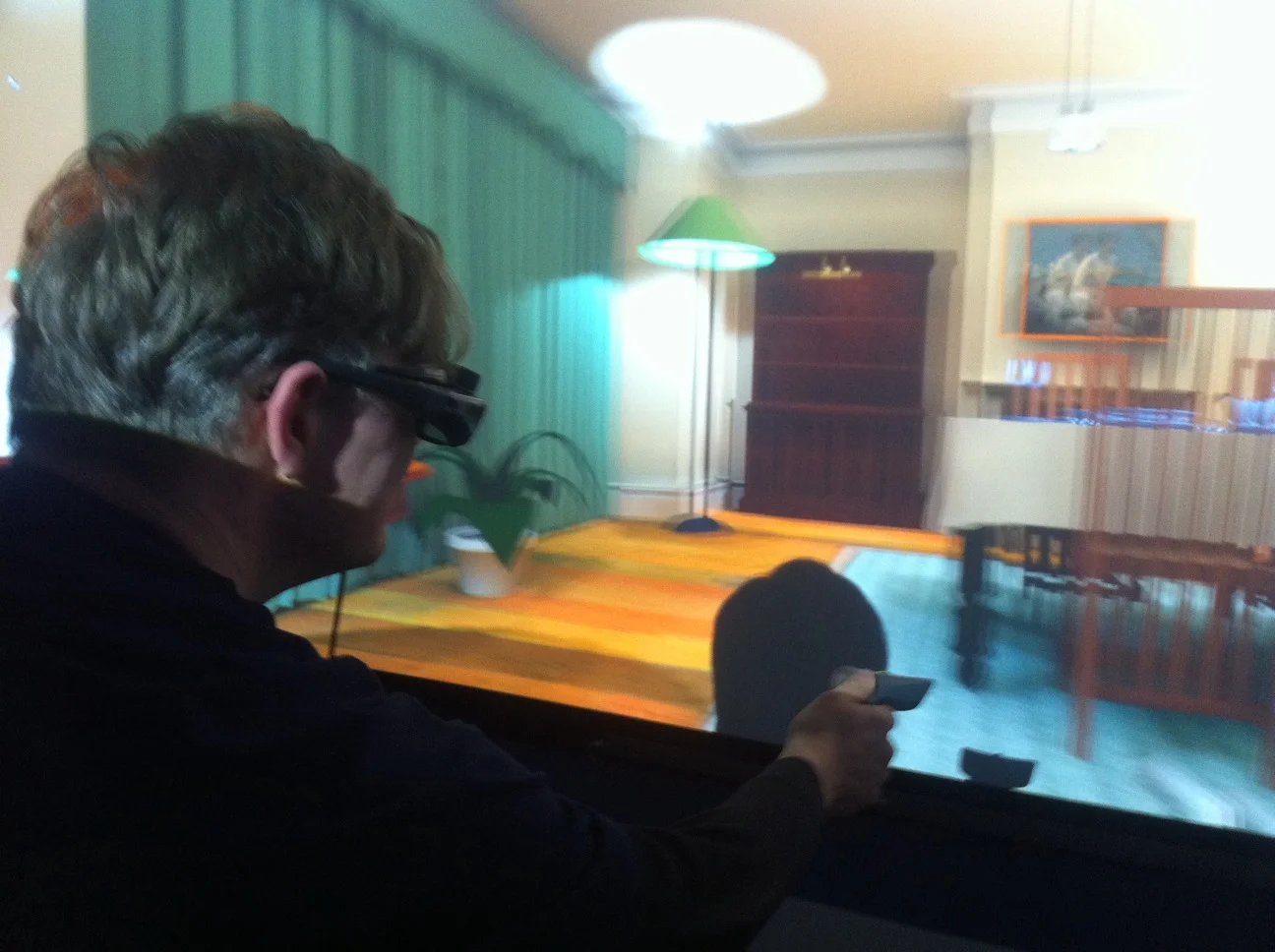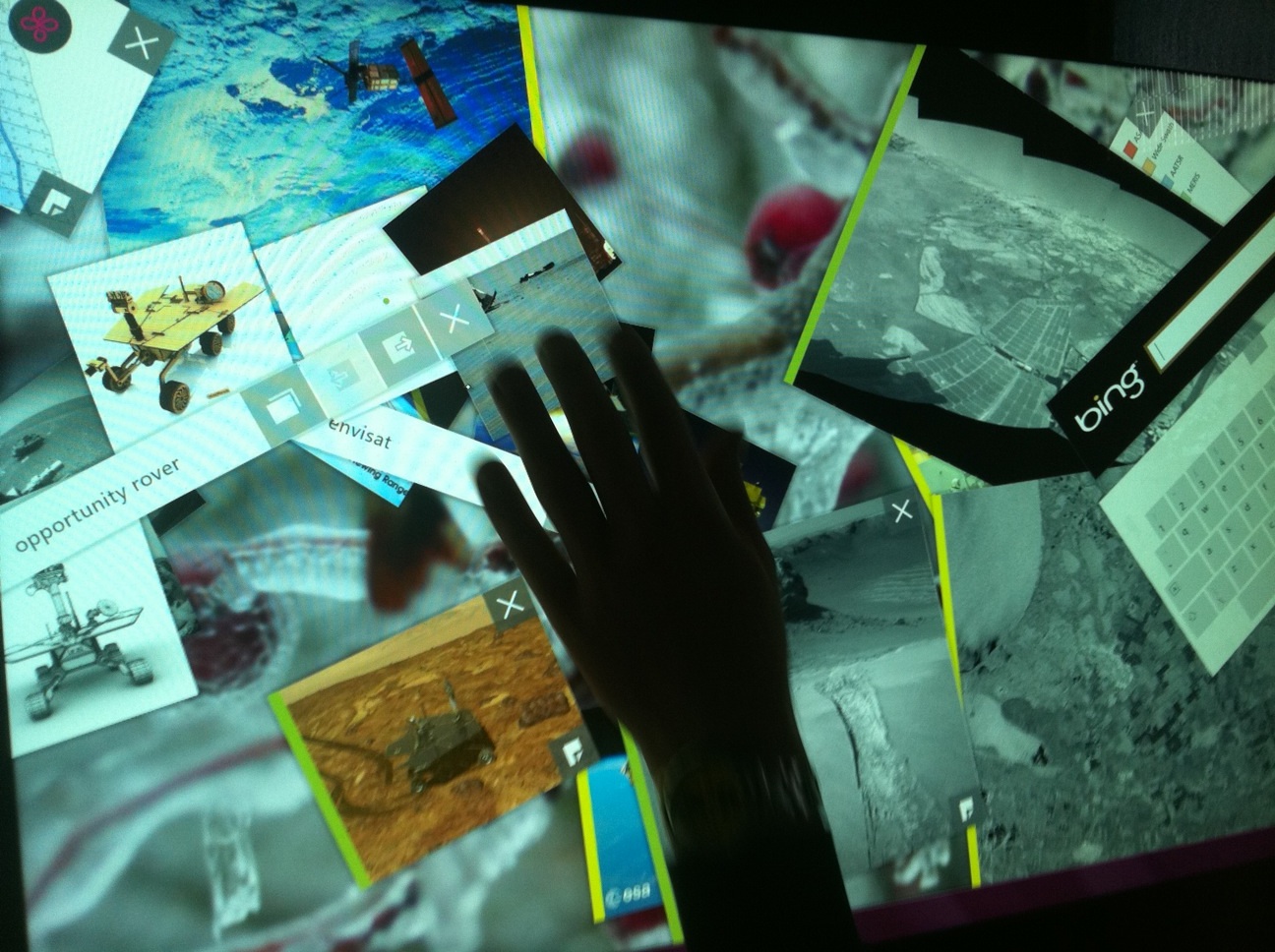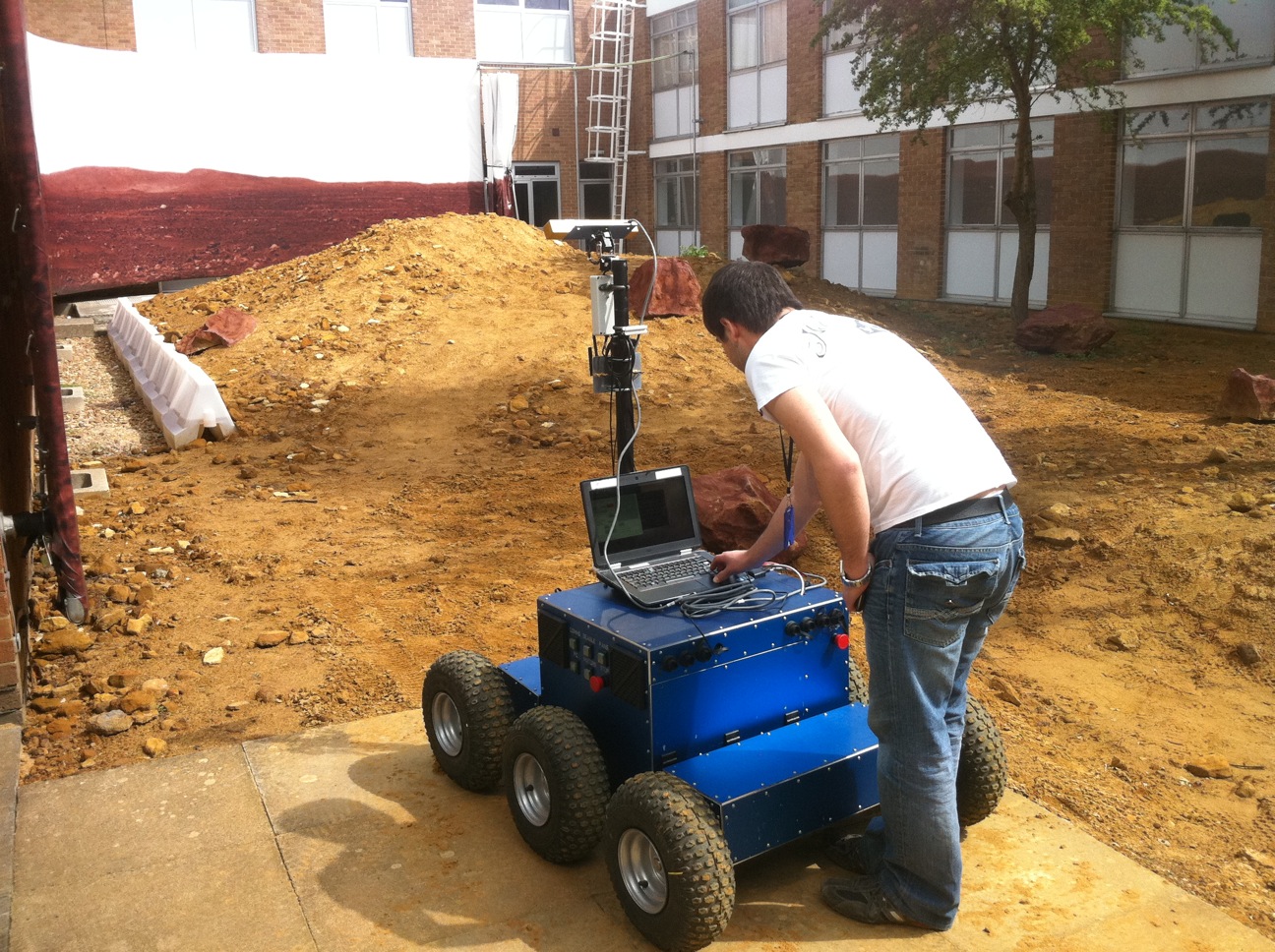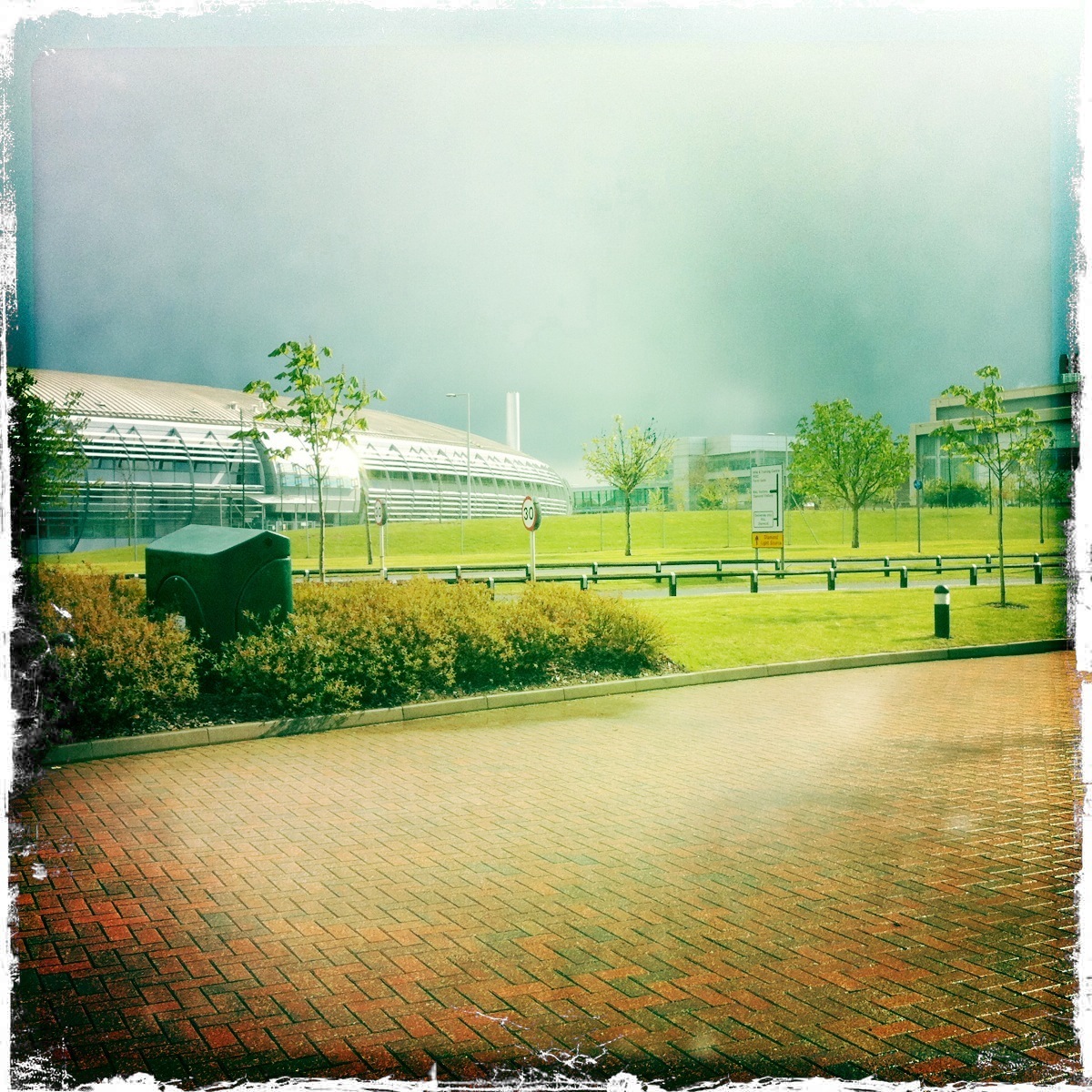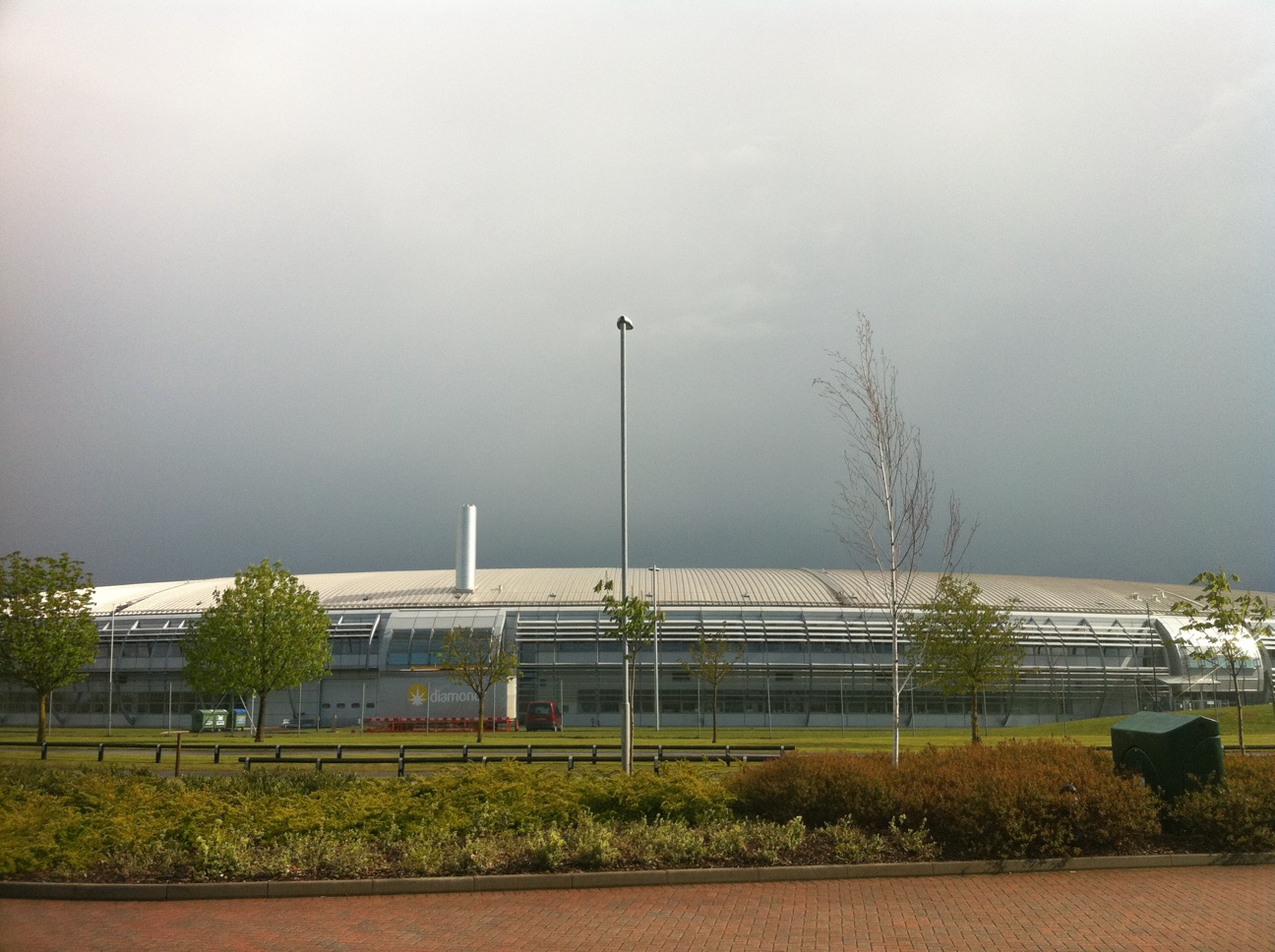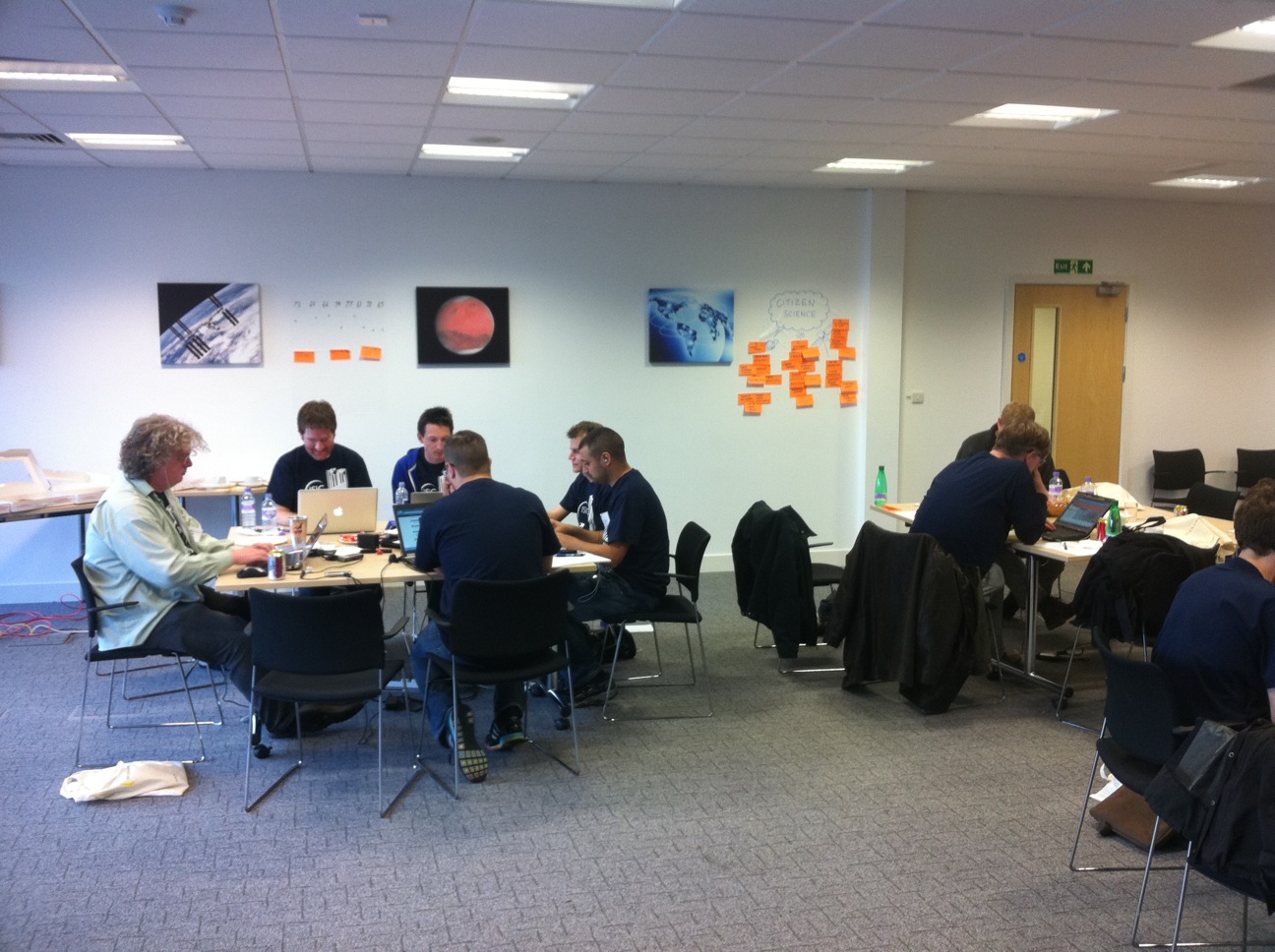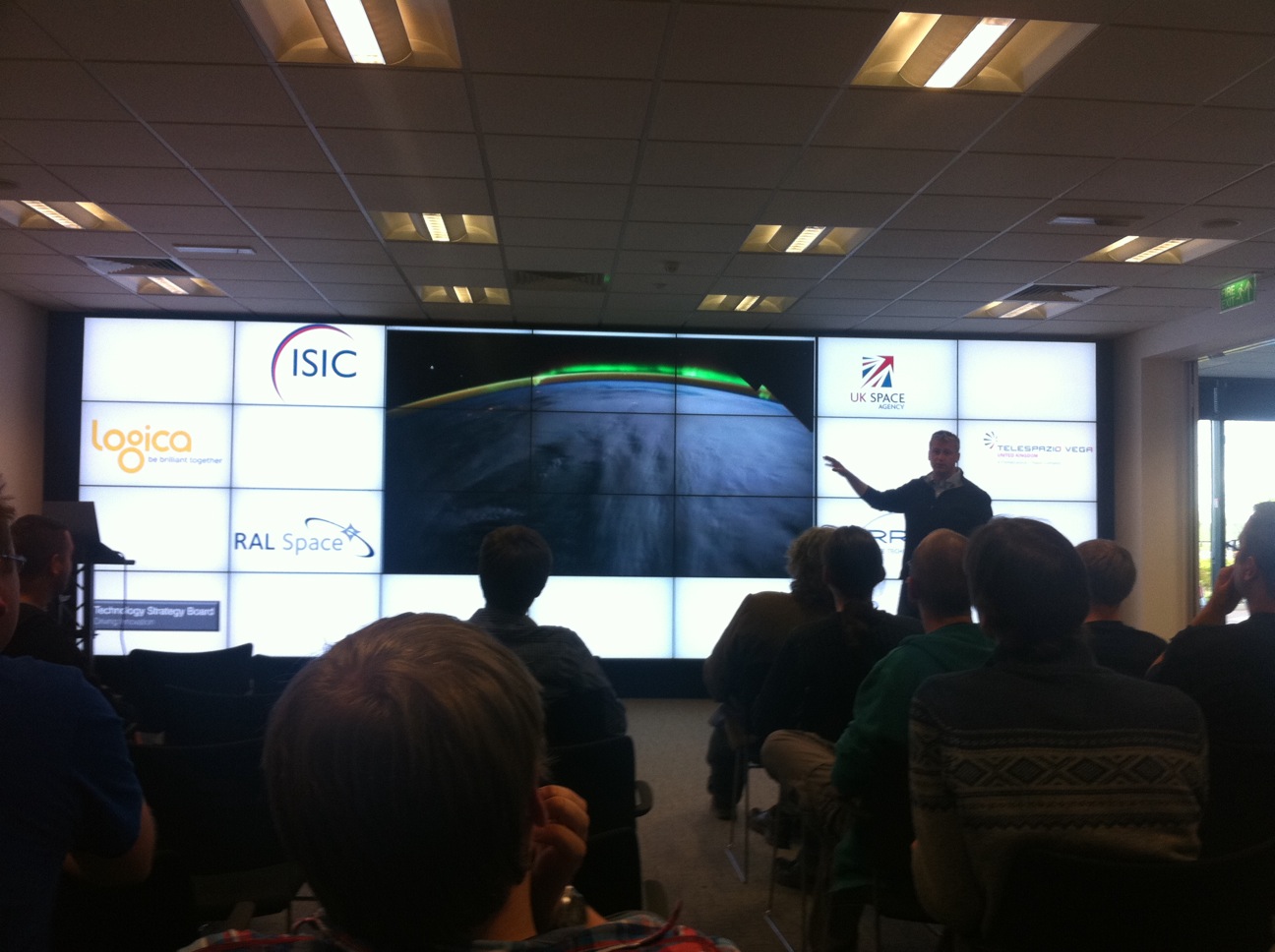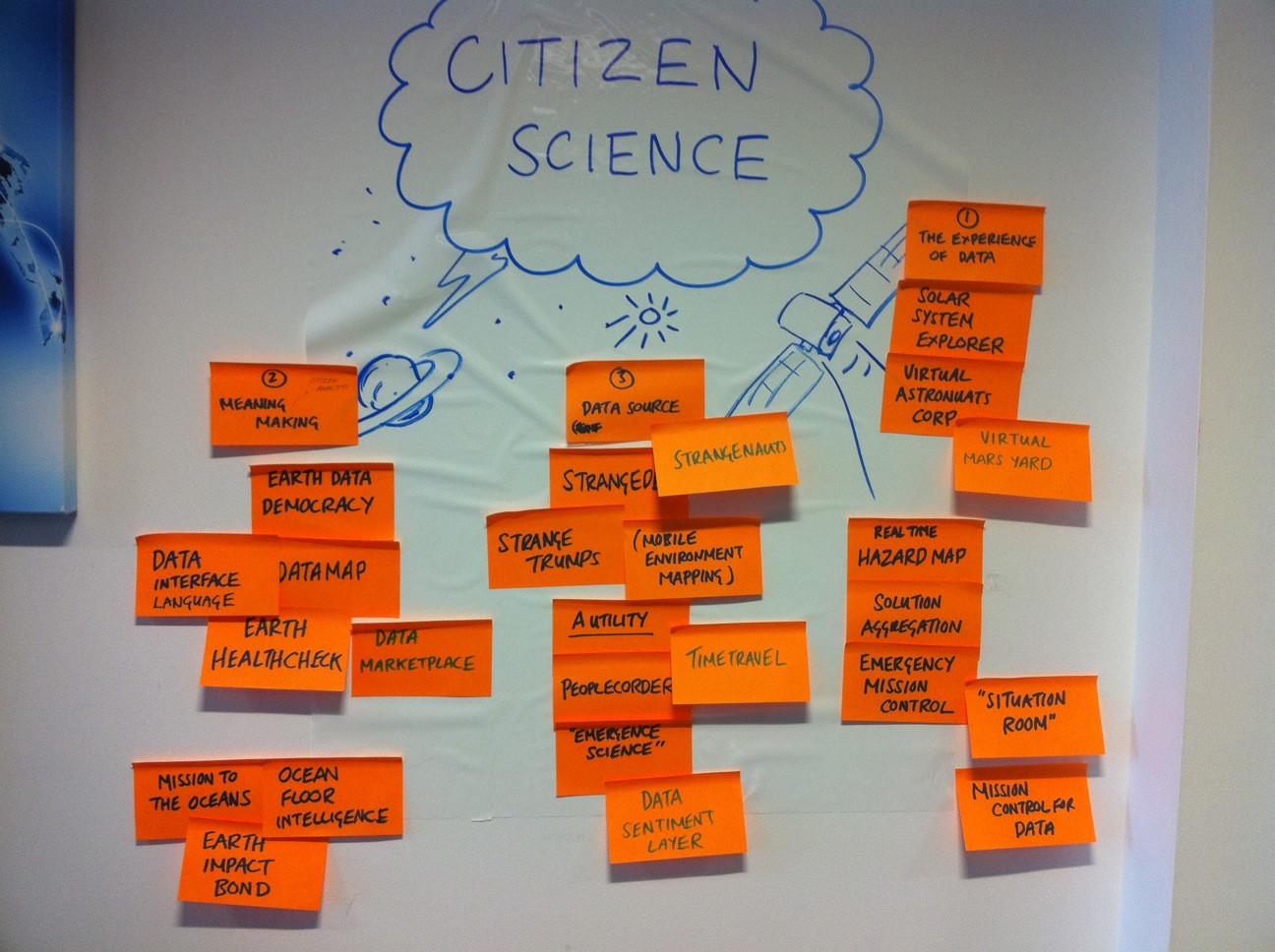We’ll be at Makerfaire Elephant and Castle (< click for link) on the this saturday (15th November). If you are in London (UK) drop by to have a chat and to see our progress as the Explorer prototype evolves.
November Update!
We’re making good progress detailing out some of the final aspects of the mechanical engineering and tweaking some elements that didn’t work so well on our last round of field testing.
When will the Beta be available?
We hear you! And we’re close.
As with all hardware, the devil is in the details. We’ve been wading through issues such as the shield over-heating, getting the counter-weight mechanism working (in a way that is adaptable for variations in focal length) refining gearbox ratios and thinking about wear and tear. We’ve discovered that our 3D parts are relatively soft - something that can be resolved by printing in ABS hopefully.
We will publish recommendations on all these things when we release the Beta and BOM (Bill of Materials).
We’ve also been thinking about next steps and what’s best to get you all working on. A number of teams have told us that they want to make this a project over the holiday break, so we are hoping to get something out very soon.
We’ve also been thinking about what can we all be aiming towards as a collective goal.
The gearbox for the y-axis wheel is now in-place.
Improved bearings and wheel motion, better rigidity and reduced part-size.
Streaming images to a Browser
One of the great things about the ULTRASCOPE is its ability to stream images to a browser.
In the pic below, you will see us doing a test where we streamed images to a laptop, which is a big leap in usability than peering through an eye-piece. It also means that anyone in the world with a tablet can see what you’re looking at. Moreover, it allows us to sit in the warm and explore remotely - which is our first goal of the Beta.
The plan (for those up for it) is to eventually enable the control of ‘scopes from anywhere in the world - specifically stacking images from multiple observations - which will allow us to do some awesome citizen science as a community.
Conducting a streaming test in Central London - where live ULTRASCOPE images were streamed to a browser.
A collective goal - a celestial event in early 2015
We want to find a collective goal that we can all aim towards and would love to hear your suggestions on something that we can all make observations of in the New Year.
Ideally we will all be able to look at the same celestial event from around the world and share the feed from multiple locations.
We estimate that it will take most of you approximately a month to print and build the ULTRASCOPE. Some will be faster, but printing and sanding will be a bottleneck and we should set expectations on that.
We’ll keep you posted on what the goal is, but we imagine early March will be around the time that we should aim for.
Improving our Designs
ULTRASCOPE is being released under an Open Hardware license and we encourage you to improve on our initial designs and suggest extended features and functions. We’ve already had suggestions on how to make ULTRASCOPE capable of solar observations bluetooth integration and reflector fabrication.
Thanks to everyone who has already reached out and suggested ideas.
Please keep them coming!
Thanks again for your willingness to be a part of the ULTRASCOPE project and we are looking forward to seeing how you get on when we release the Beta and BOM in a few week’s time.
What will you 3D print in space
Check out this asteroid mining database
http://www.asterank.com/
2012 Space App's Success
In 2012, we took part in the International Space Apps Challenge in Oxford, UK.
Our entry was a platform called StrangeDesk - a mobile app for monitoring environmental strangeness, designed to mobilise citizen scientists around the world. We are very proud to report that we won the award for 'Most Innovative'.
Click images to view the gallery.
You can learn more about StrangeDesk in the short film we made:
The Next Generation Space Suit
Watch this interesting Vice documentary about the surprising collaboration between a fashion designer and a russian space suit engineer.
An Introduction To CubeSats
Things you can do with CubeSats, collected by DIYSpaceExploration.com:
Solar Sail Plans
NASA will launch a solar sail this year, to explore options for propulsion without using propellants:
http://www.wired.co.uk/news/archive/2013-03/26/solar-sail-sunjammer
The Astronaut's Daily Grind
According to this article, astronauts also have trouble with work/life balance. Looks like a good innovation opportunity to us… http://www.theatlantic.com/technology/archive/2013/02/astronauts-on-the-iss-have-trouble-with-work-life-balance-too/273347/
Science Fiction To Fact
What's your favourite of these 'science fiction to facts'? We like artificial photosynthesis: http://myscienceacademy.org/2013/01/03/27-science-fictions-that-became-science-facts-in-2012/
Stunning 3D Solar System Explorer
High Flying UK Rocket Tech
Huge breakthrough in rocket technology right here in the UK:
http://www.reactionengines.co.uk/sabre.html
Also highly recommended if you can find it - a BBC4 documentary called "The Three Rocketeers".
NASA's Stretch Goals
STEM & Sci Fi
The relationship between being inspired to go into STEM and Sci Fi as a kid worked back in the day as well...
Building A Space Ship
Watch the Vice documentary on open source spacecraft manufacture
Copenhagen Suborbitals Successfully Launches Active Guided Rocket
Image Bo Tornvig
One of the most fun things to follow in the region is Copenhagen Suborbitals, a group of hobbiests with the goal of shooting humans into space without a huge staff or government budget. Given their success and the size of the rockets they're launching, they're a different breed from the average backyard rocket builder, but the small team has found great success with the open source and grassroots mindset . Just yesterday in the Baltic they successfully launched Sapphire, an 528cm experiential rocket using active guide jet vane rudders.
Yesterday's rocket reached an apogee of 8.2 kilometers with a ground track offset of 140 meters. That offset is probably the most notable number, as it shows that the active guidance of the rocket was working.
"Our mission was a tremendous success," Kristian von Bengtson, co-founder of Copenhagen Suborbitals writes in Wired. "Not only did we have a perfect launch, got all data needed for further development of active guidance but the campaign was a perfect showcase of teamwork, dedication and execution."
This isn't Copenhagen Suborbital's first day at the show. It's tough for me to find more recent numbers, but six months ago they've done at least 45 engine tests, and now five rocket launches.
Von Bengtson blogged about the launch in Wired, which is an fun read about getting everything togeter for a successful launch. I encourage you to check it out here, but the most telling line is:
In short – there is no stopping Copenhagen Suborbitals for going into space now!
They're more focused on celestial matters rather than website design, so perhaps the best way to follow them is through their Facebook page.



